By aiming intense X-ray beams at iron samples, scientists have studied the cores of “super-Earth” planets triple the size of Earth. The team, led by the Johns Hopkins University and Princeton University scientists, was the first to perform direct experiments on the deep interiors of these exoplanets, offering revealing insight into what previously had been limited to extrapolations and theoretical calculations.
The results, which also mark the highest-pressure diffraction data ever recorded, were published today in the journal Science Advances.
Because super-Earths have no direct analogs in our solar system, scientists hope to learn more about their structures and compositions, which will lead to insights into the types of planetary architectures that may exist in our galaxy. But there are two key obstacles. First, scientists don’t have direct measurements of our own planetary core from which to extrapolate. Secondly, interior pressures in super-Earths are as much as 10 times the pressure at the center of Earth, well beyond the range of traditional measuring tactics.
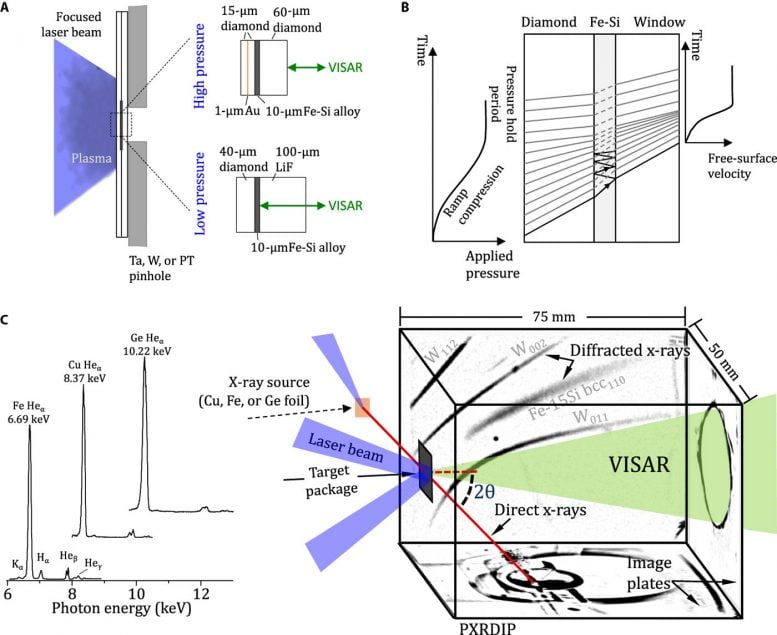
Experimental setup for laser ramp-compression experiments. (A) The laser drive is focused to an 800-μm spot on the front diamond surface of C/Au/C/Fe-Si/C or C/Fe-Si/LiF target packages, which are centered over a 300-μm-diameter pinhole. (B) Ablation of the surface of the diamond pusher creates a rapidly expanding plasma that launches a pressure wave through the pusher/sample/window interfaces. For the thin samples used in this experiment, reverberations within the Fe-Si alloy layer due to impedance mismatches across the boundaries rapidly equilibrates the pressure. (C) Schematic of the PXRDIP diagnostic. Quasi-monochromatic x-rays emitted by a laser-generated plasma from a Cu, an Fe, or a Ge foil (left, recorded x-ray emission spectra) diffract from the target package and are recorded by image plates that line the box interior. A rear aperture provides access for velocity interferometry (VISAR). Credit: Science Advances, 25 Apr 2018, DOI: 10.1126/sciadv.aao5864
The team, led by June K. Wicks, an assistant professor in Johns Hopkins’ Department of Earth and Planetary Sciences who did the work as an associate research scholar at Princeton, directed a short but intense laser beam onto two iron samples: one similar to the modeled composition of Earth’s core, and another more like silicon-rich planets. They compressed these samples for only a few billionths of a second, but long enough to probe the atomic structure using a pulse of bright X-rays.
They discovered significant information about the crystal structure – one of the most critical pieces of the puzzle about the foundation of a planet. The core of a planet affects everything from its magnetic field and thermal evolution to its mass-radius relationship.
At ultrahigh pressures, the lower-silicon alloy organized into a hexagonal close-packed crystal structure, while the higher-silicon alloy adopted body-centered cubic packing.
“This atomic difference has enormous implications,” said Wicks. “Knowledge of the crystal structure is the most fundamental piece of information about the material making up the interior of a planet, as all other physical and chemical properties follow from the crystal structure.”
Next Wicks and her colleagues plan to investigate how other light elements, such as carbon or sulfur, affect the structure and density of iron at ultrahigh-pressure conditions. They also hope to continue to build more informed models of exoplanets’ interiors.
The authors also included scientists at Lawrence Livermore National Laboratory and the University of Rochester.
The research was funded by the National Nuclear Security Administration through the National Laser Users’ Facility Program, DE-NA0002154 and DE-NA0002720, and the Laboratory Directed Research and Development Program at Lawrence Livermore National Laboratory, 15-ERD-012.
Reference: “Crystal structure and equation of state of Fe-Si alloys at super-Earth core conditions” by June K. Wicks, Raymond F. Smith, Dayne E. Fratanduono, Federica Coppari, Richard G. Kraus, Matthew G. Newman, J. Ryan Rygg, Jon H. Eggert and Thomas S. Duffy, 25 April 2018, Science Advances.
DOI: 10.1126/sciadv.aao5864

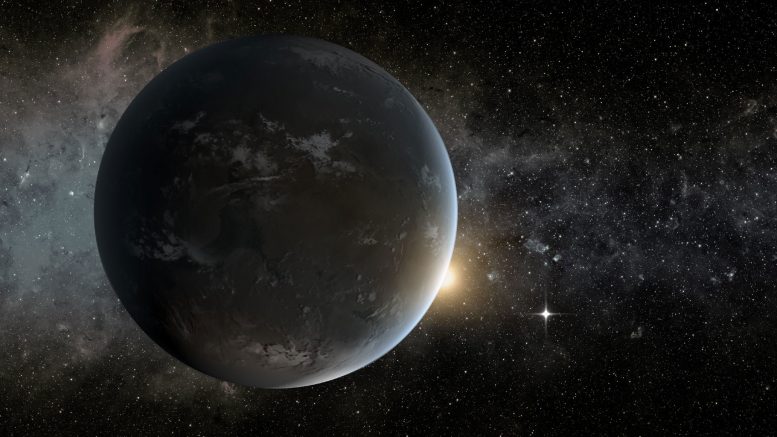
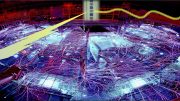


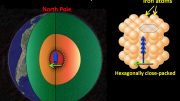

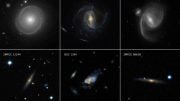
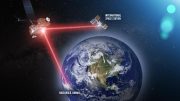
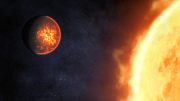
Be the first to comment on "Astronomers Simulate Conditions Inside ‘Super-Earths’"